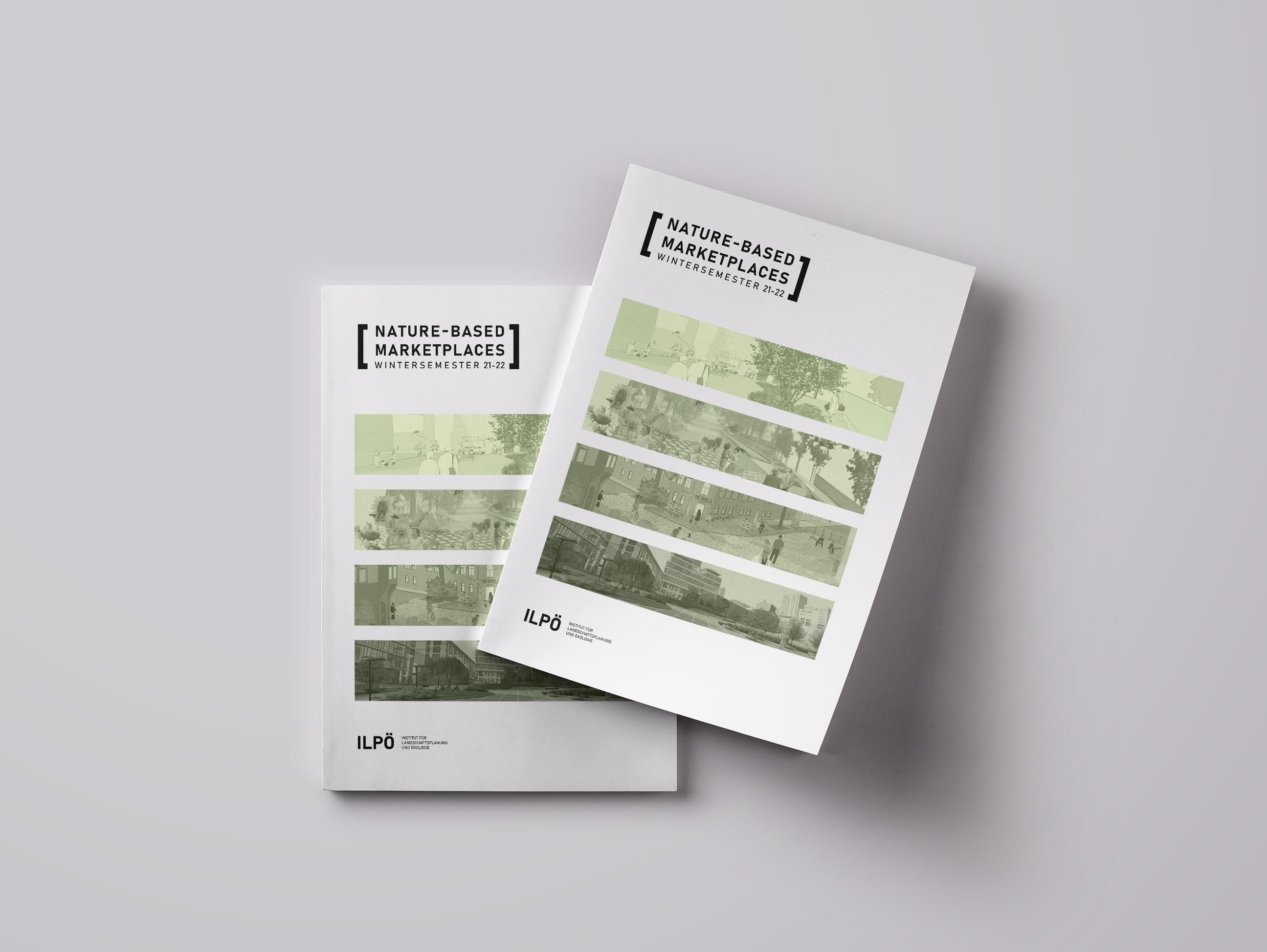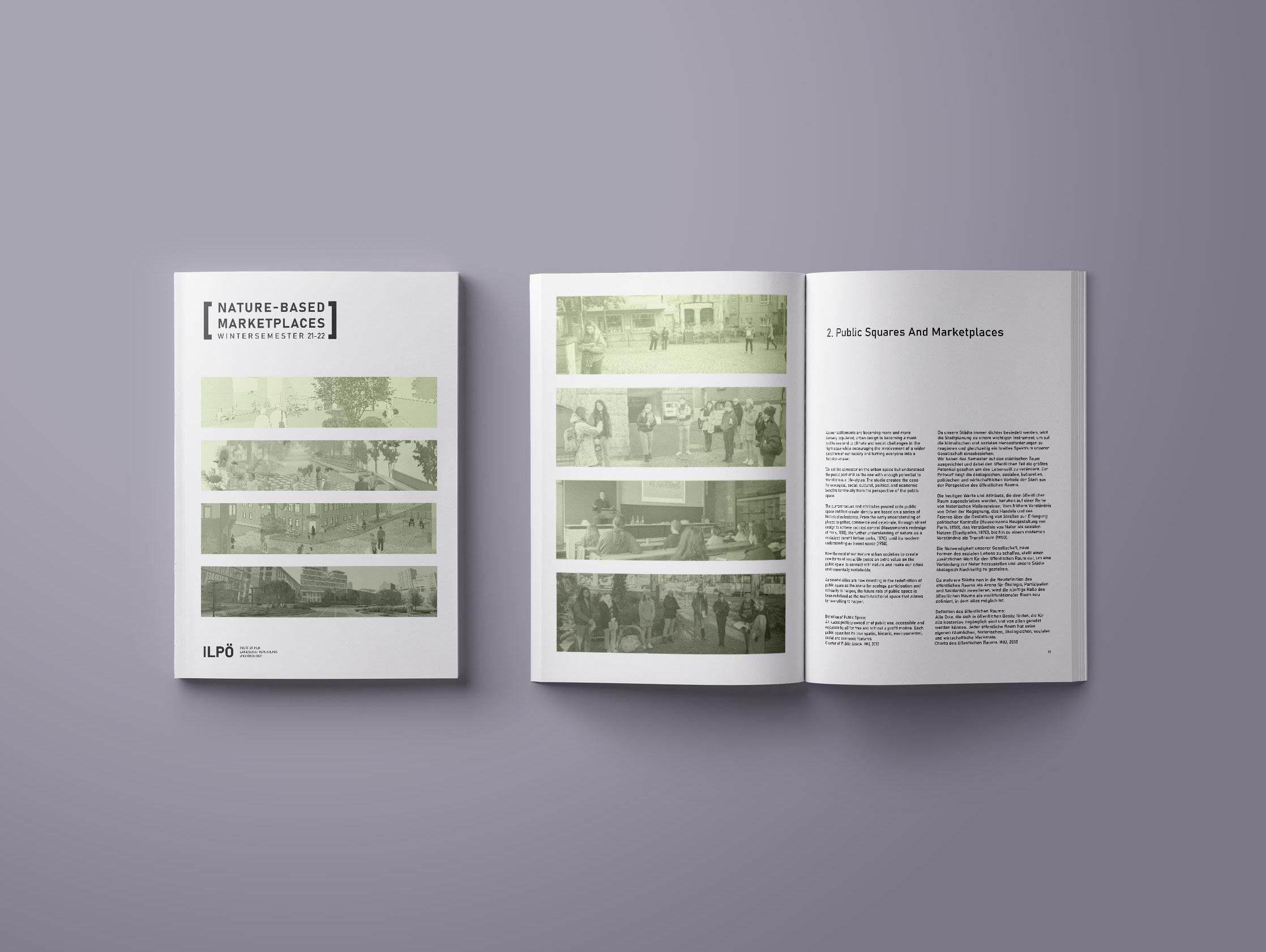EXAMINE UNDERSTAND CREATE
To look at or consider a person or thing carefully in order to discover something about the person or thing.
To know the meaning of something, or to know how a person feels and why the person behaves in a particular way.
To cause something to exist, or to make something new or imaginative.
color scheme
Font selection

DAQPHIBIAN 01
PROFESSIONAL PROJECT
Design of a state of the art waterproof multi-biosignal data acquisition device.
BIOPULSE 02

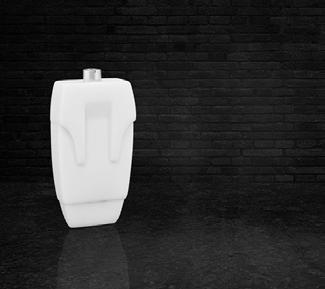
PROFESSIONAL PROJECT
Design of a state of the art waterproof multi-biosignal data acquisition device.
PROFESSIONAL PROJECT
Design and development of the national museum of soils in the city of Bogotá - Colombia.
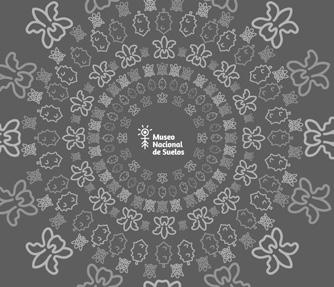
AUGUSTENSTRAßE SUPERBLOCK
05
MASTER’S PROJECT
Co-producing the concept of barcelona superblock in augustenstraße, stuttgart, Germany.
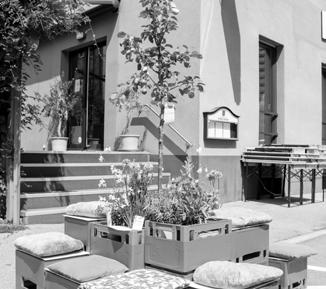
THE O´CLOCK KIT
03
PROFESSIONAL PROJECT
Design of a device that eliminates the lag and delay in digital devices and improve the accuracy of software for measuring reaction times
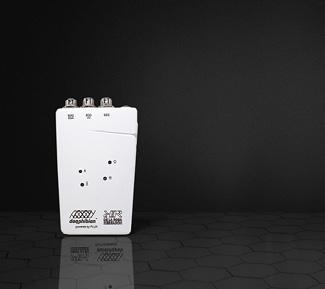
DAQPHIBIAN
NBS TECHNICALL HANDBOOK
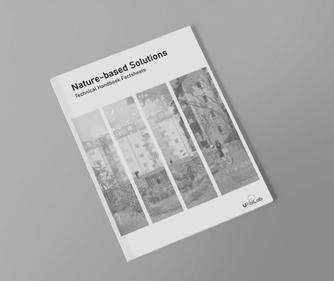
06
2020 programme.
TECHNICAL COMPONENTS
Management
Determination of delivery dates, design phases, and work team coordination with the engineering and computer area.
Design
Design of the concept, form and function of the device. Design of usability, aesthetics and material selection.
Methodologies
DESIGN OF A STATE OF THE ART WATERPROOF MULTI-BIOSIGNAL DATA ACQUISITION DEVICE.
PROFESSIONAL PROJECT
Developed in: De la Rosa Research S.A.S 2017
Design of protocols for testing device performance and signal quality during underwater tests.
Research Synthesis
Research on the requirements to achieve ip67 certification for waterproof devices and materials safe for human use.
Interdisciplinarity
Determination of specifications with medical research equipment and requirements for data acquisition and transmission.
WHAT IS IT USED FOR?
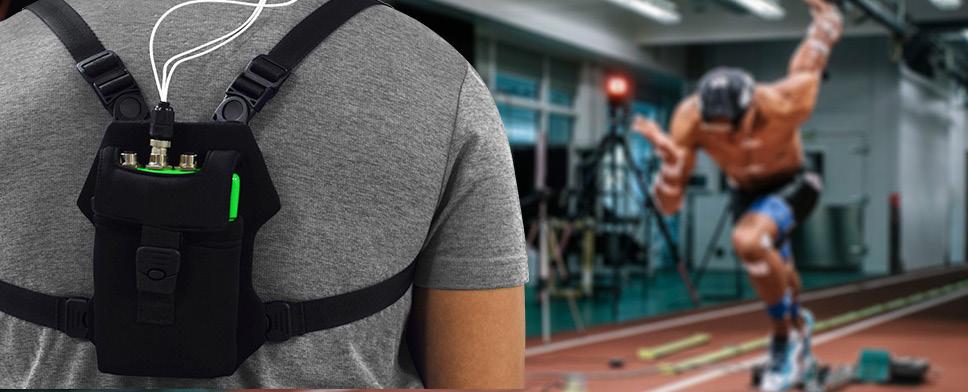

THE DESIGN PROCESS
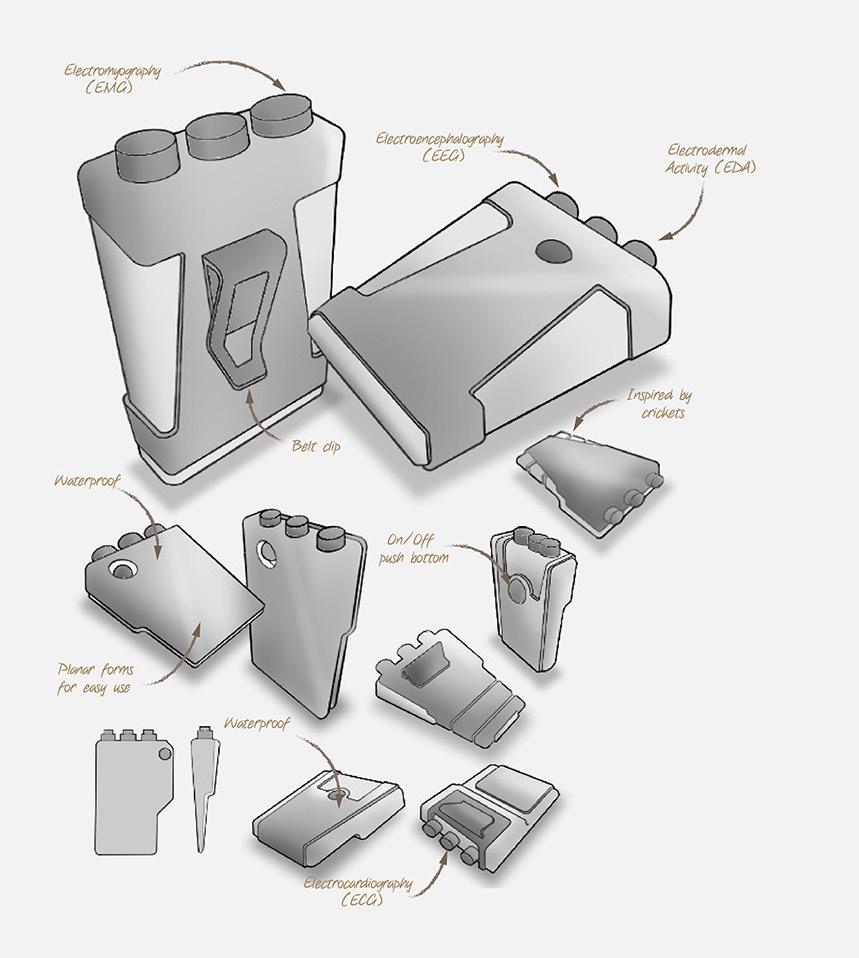
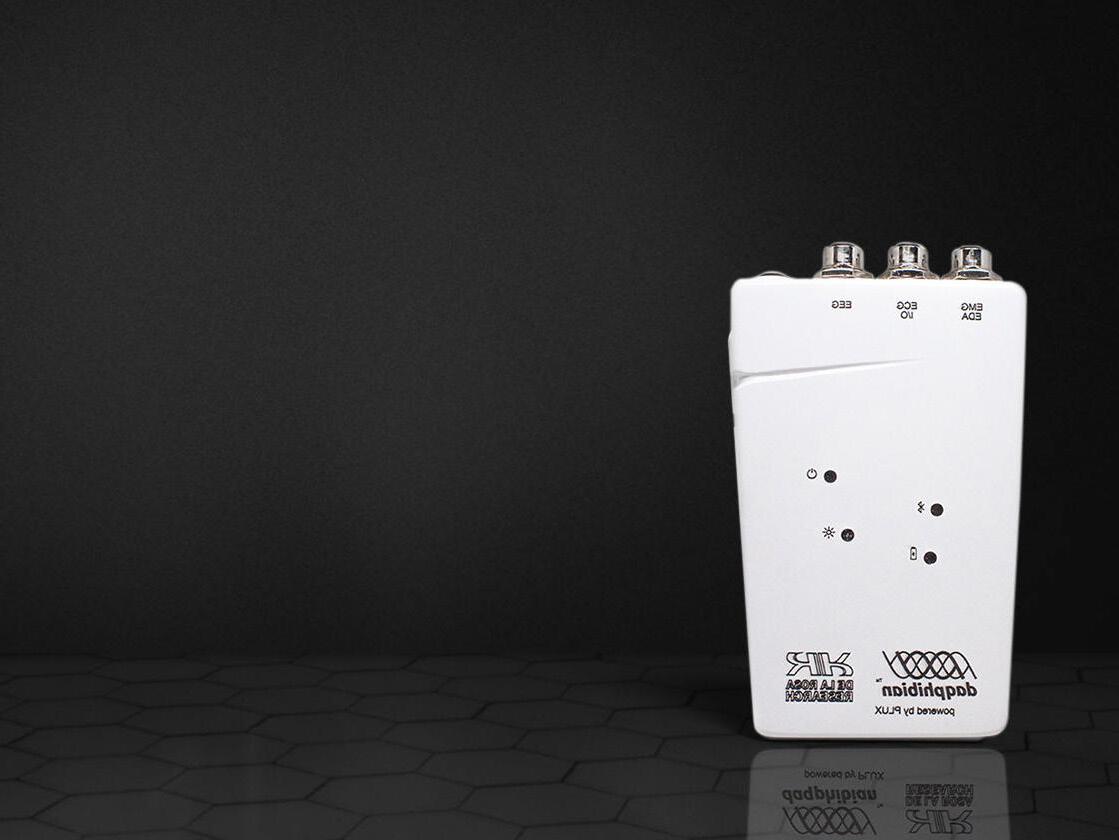
THE PRODUCT’S FEATURES
DAQPHIBIAN samples physiological signals through electrodes placed in any part of the body. Simultaneously, electronic filters interpret and smooth the shape of the electrical pulses for clearer visualization on digital platforms. The device has three waterproof input ports for the sampling of four types of physiological signals.
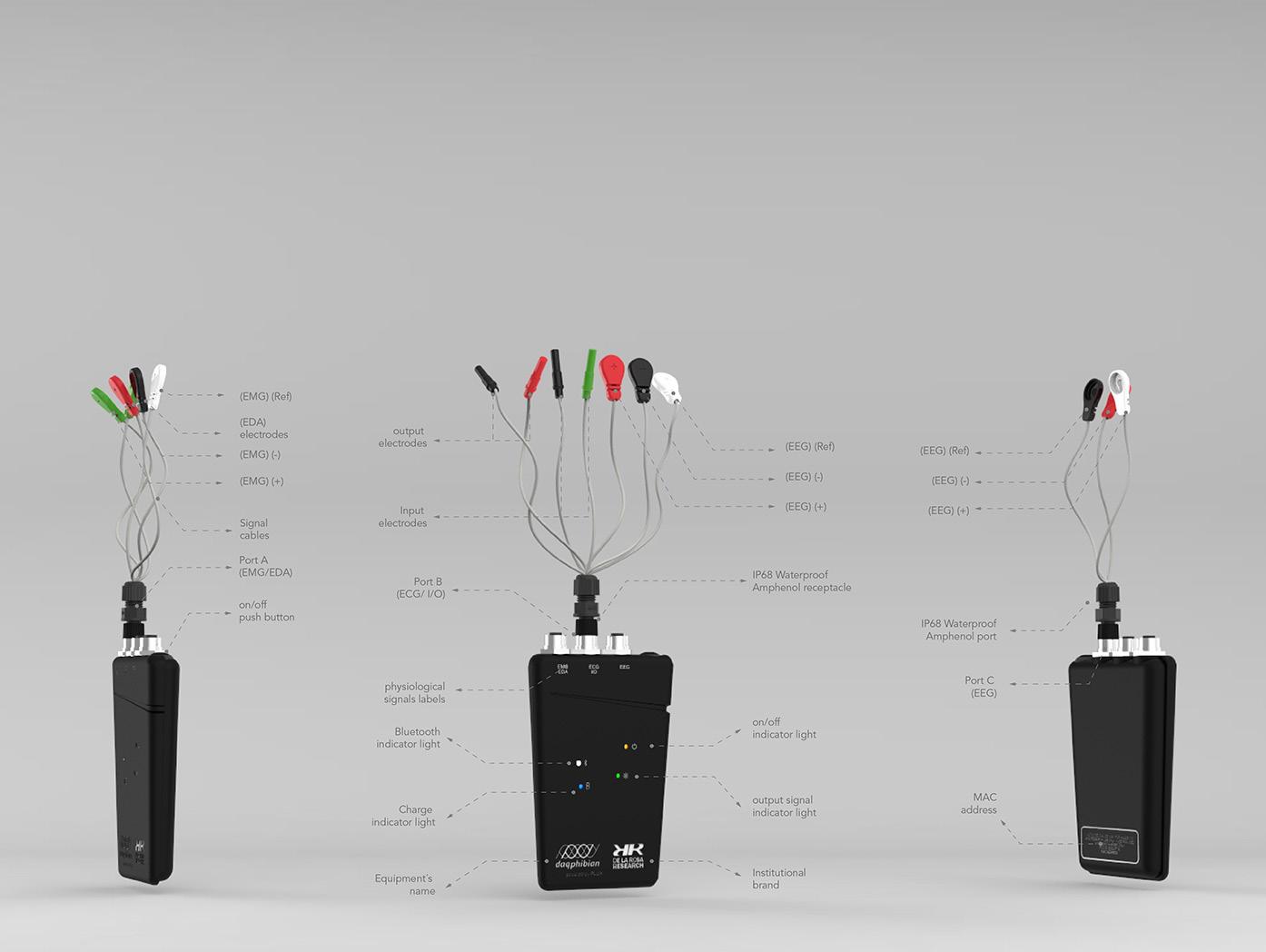
THE USABILITY
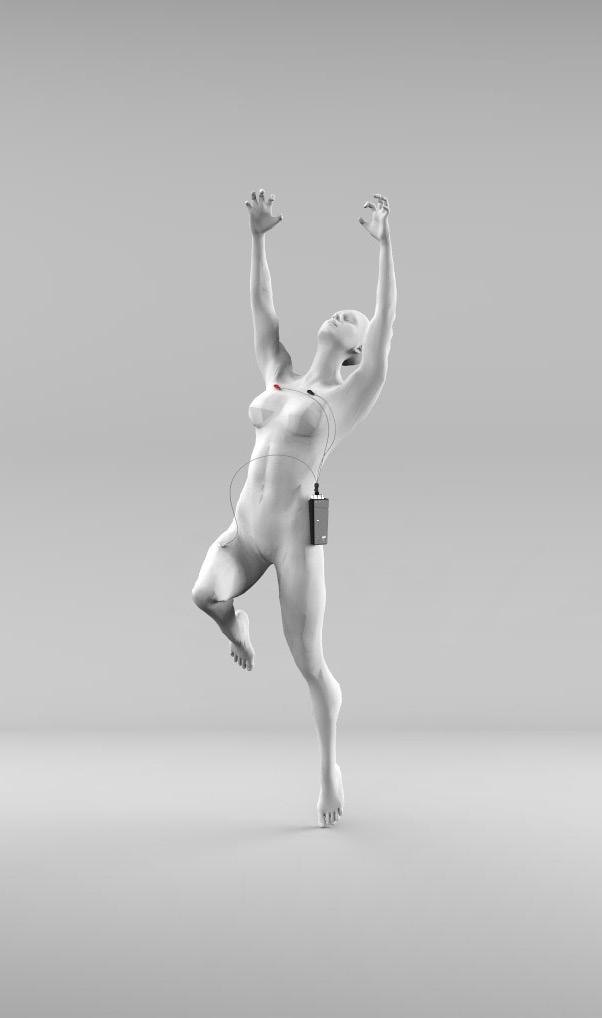


THE FINAL RESULT
DAQPHIBIAN is a device that furthers and complements various kinds of research through the sampling and analysis of physiological signals. Completely manufactured in a single piece of waterproof polyurethane, its finishes are resistant to high temperatures and violent impacts. Its design offers a fresh, modern and easy-to-use appearance distinct from conventional scientific research gadgets.

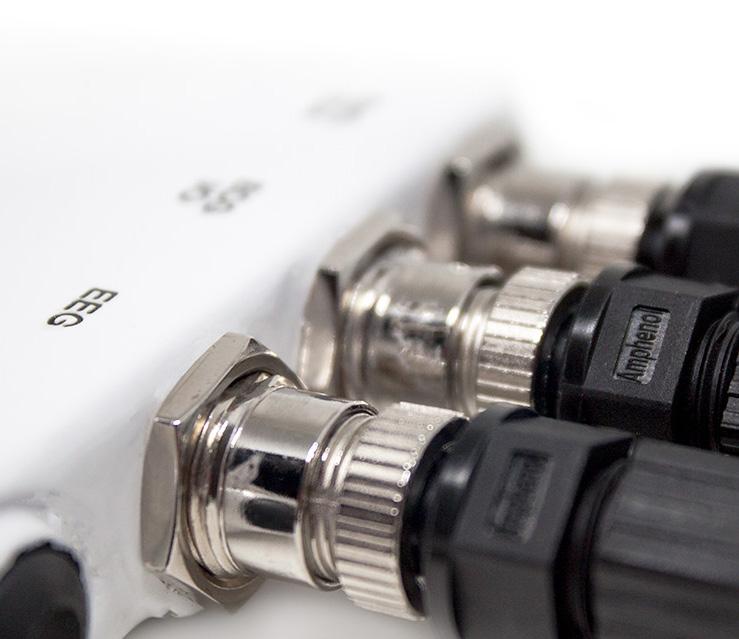


02 BIOPULSE
TECHNICAL COMPONENTS
Management
Determination of delivery dates, design phases, and work team coordination with the engineering and computer area.
Design
Design of the concept, form and function of the device. Design of usability, aesthetics and material selection.
Methodologies
DESIGN OF A STATE OF THE ART WATERPROOF MULTI-BIOSIGNAL DATA ACQUISITION DEVICE.
PROFESSIONAL PROJECT
Developed in: De la Rosa Research S.A.S 2017
Research Synthesis
Design of protocols for testing device performance and signal quality during underwater tests. Research on the requirements to achieve ip67 certification for waterproof devices and materials safe for human use.
Interdisciplinarity
Determination of specifications with medical research equipment and requirements for data acquisition and transmission.
BIOPULSE SPECIFICATIONS

BATTERY LIFE
~ 10h streaming (lithium battery)
ip68 certified (plug and connector)
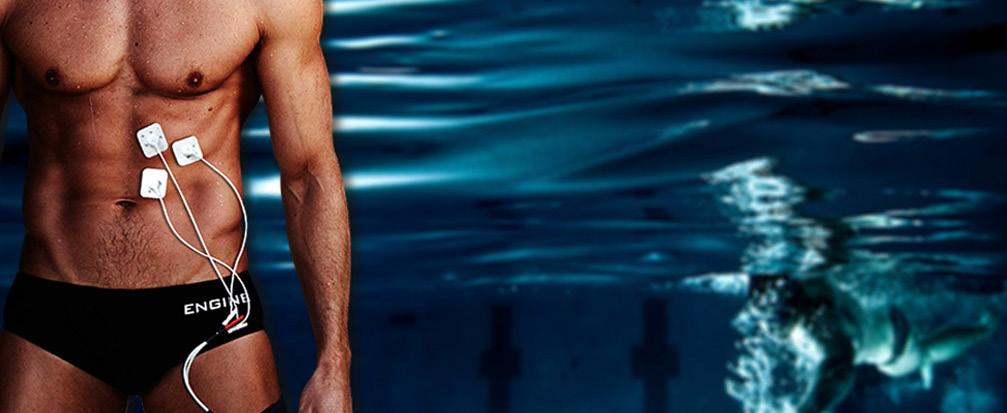
THE DESIGN PROCESS

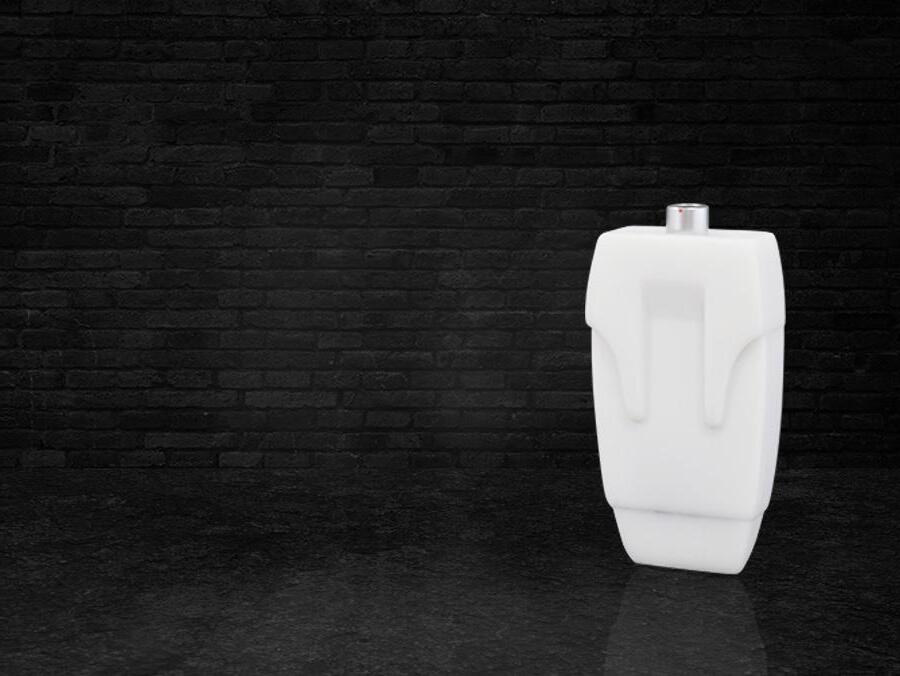
USE SEQUENCE
BIOPULSE is a ready-to-use device, it has a single analogue waterproof input port that makes the connection of the electrodes faster. The device has a cover for transportation made of neoprene and belcro that can be attached anywhere in the user´s body.

A READY TO USE SET OF TOOLS
BIOPULSE is a set of devices for sampling physiological signals. Each of them sample a specific signal (EEG, ECG, EMG, EDA, etc.). The researchers who have acquired the device will receive a set of four monitors, configured to capture the biological signal necessary for their research. Each of the devices has a capacity of 8 to 10 hours of data capture and transmission.
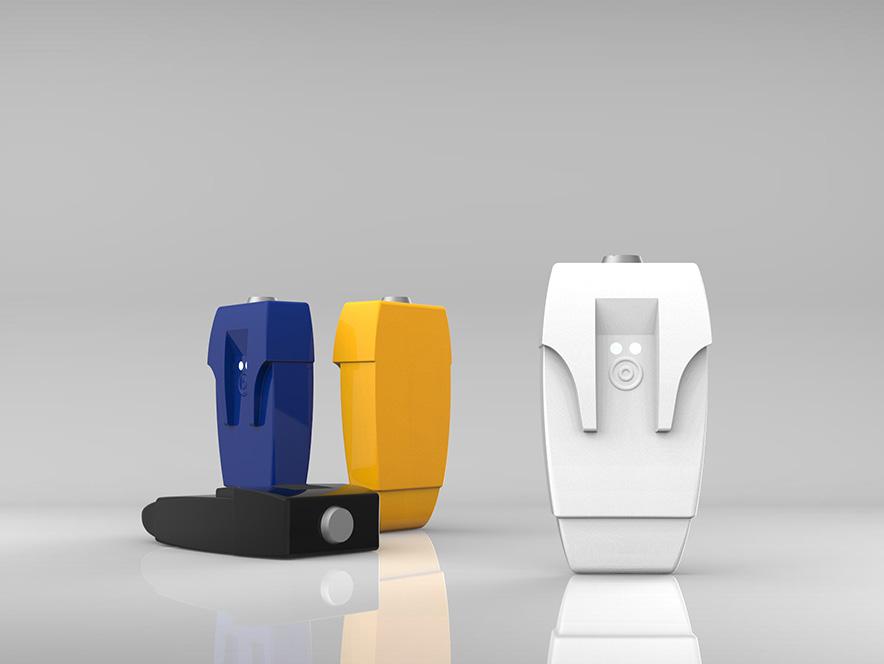
THE FINAL RESULT
BIOPULSE is part of the same line of development as the DAQHIBIAN. Dividing the sampling-signal capabilities into different devices allowed for a device with advanced technological features but with much less size and weight. Within the silicone body are a single push-button and an array of LED lights that are part of a user-friendly and easy-to-understand interface.



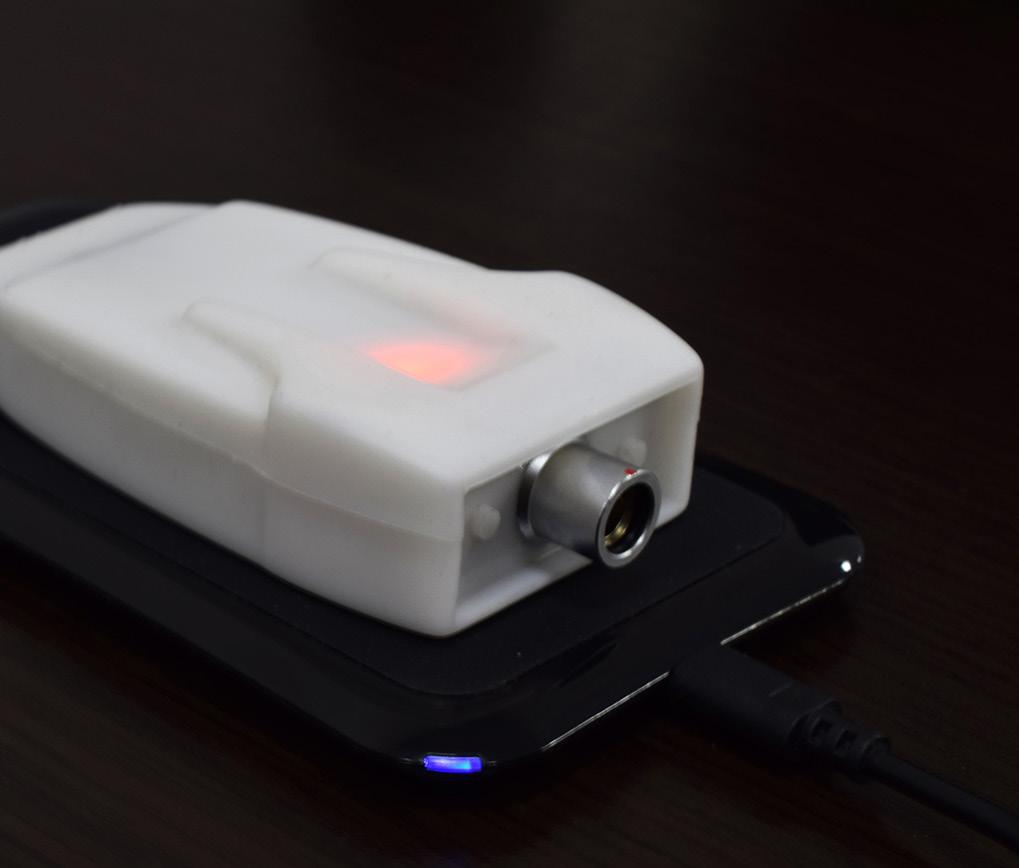
TECHNICAL COMPONENTS
Management
Determination of delivery dates, design phases, and work team coordination with the engineering and computer area.
THE O´CLOCK KIT
DESIGN OF A DEVICE THAT ELIMINATES THE LAG AND DELAY IN DIGITAL DEVICES AND IMPROVE THE ACCURACY OF SOFTWARE FOR MEASURING REACTION TIMES
PROFESSIONAL PROJECT
Developed in: De la Rosa Research S.A.S
2018
Design
Design of the concept, form and function of the device. Design of usability, aesthetics and material selection.
Methodologies
Design of protocols for testing the use and verification of the elimination of lag and delay.
Research Synthesis
Research on resistive displays, light sensors and microphones, for capturing and processing reaction times. Collaboration with the electronic area for the development of the hardware that contains the high speed processing system.
Interdisciplinarity
THIS IS HOW TO START
1. Unfold the back support and locate the Microsoft Surface in the O´clock Kit RT.
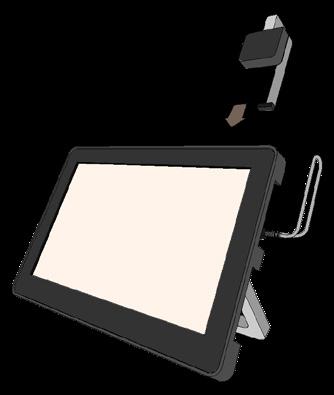


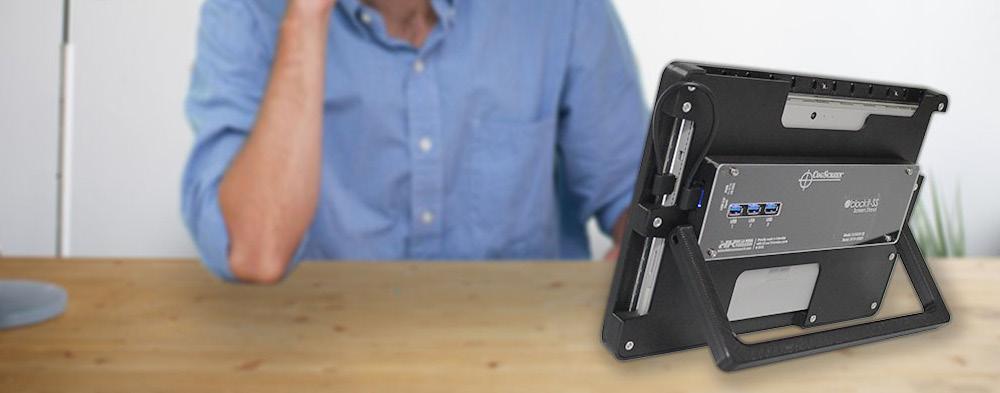
2. Connect the USB cable to the Microsoft Surface and to the O´clock Kit RT input port.
3. Place the sensor on the screen of the O´clock Kit RT and connect it to the corresponding input port.
THE DESIGN PROCESS
The O’clock Kit is a device developed for a software that measures the reaction time of users, such as assembly workers and commercial and air force pilots. The software is created by a US company and installed on a Microsoft Surface tablet. This tablet is contained within the O’clock Kit, which takes possession of the operational signals of the software to record and measure the reaction time instead of using the Surface´s processor.
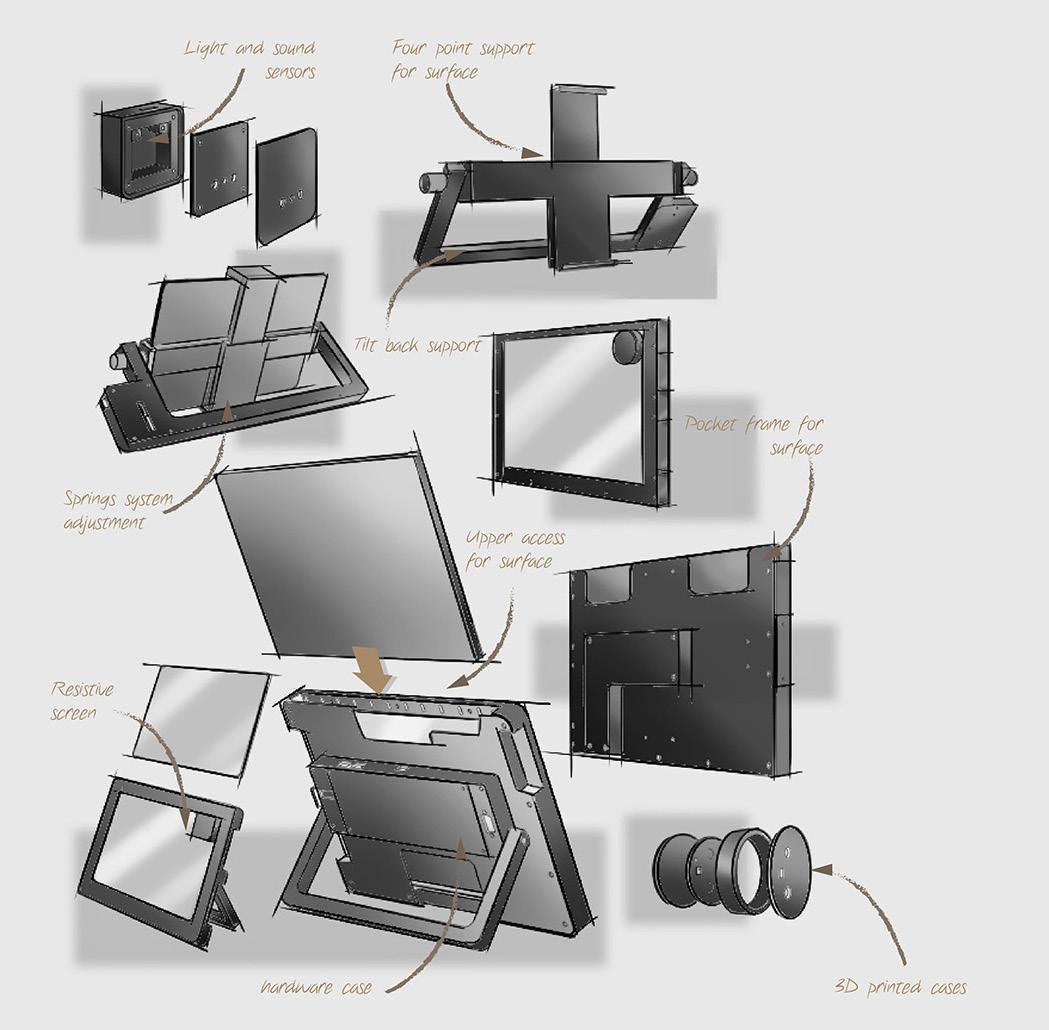
PRINTING ONE AT A TIME
The main structural parts use novel manufacturing processes such as 3D printing of polymers. According to the current demands of the market, the manufacture of this device is much less expensive than the injection moulding processes. Likewise, the impact on the environment is reduced, since it uses completely recyclable materials and the percentage of waste is almost zero.
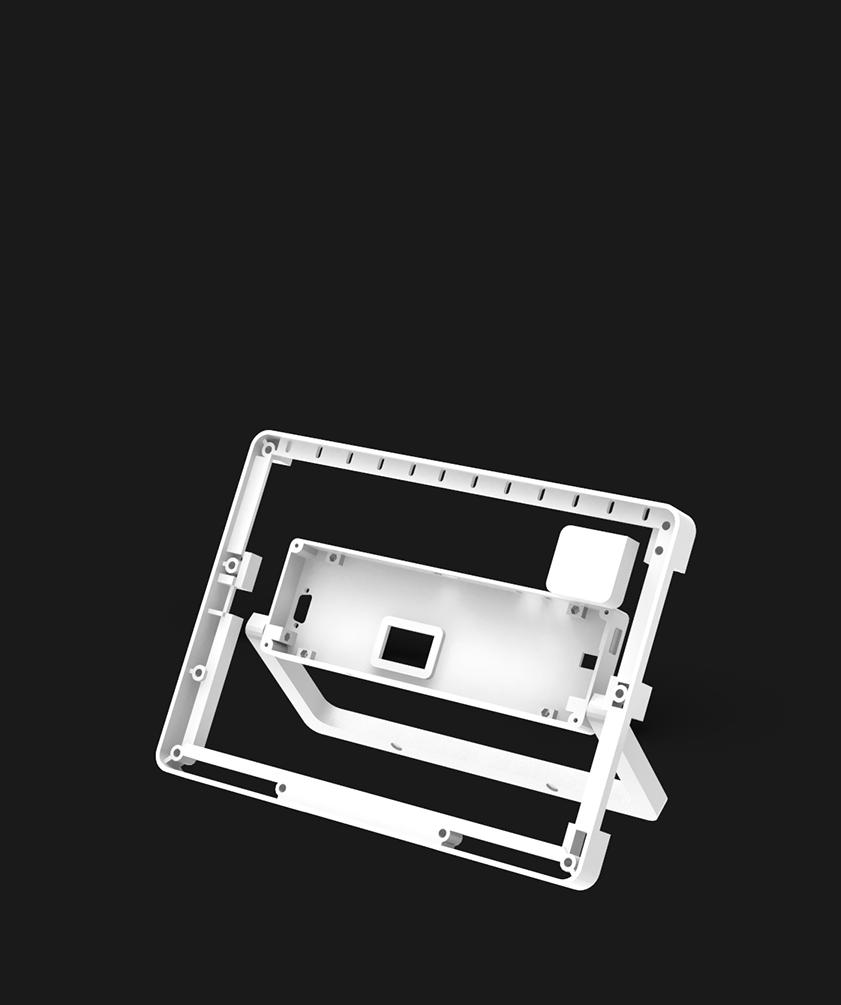
TOUCH SCREEN
Resistive screen to detect the response signal of the user when the stimulus is presented.
Two optical sensors detect the start signal of the test to begin measuring the time.
The two high-speed USB 3.0 input ports simultaneously connect the Microsoft Surface and the sensor to the device.
OPTICAL SENSOR INPUT OUTPUT

The two high-speed USB 3.0 output ports simultaneously connect peripherals such as keyboards, mice and printers to the device.
TIME RECORDING
Response times are marked in millisecond resolution.
SURFACE MICROPHONE
A surface microphone detects the sound made by the tap on the screen and stops the time, marking the final response time.
THE TIME BEHIND THE THE SCREEN

The measurement of reaction times in specialized software is inaccurate due to phenomena known as lag and delay in digital devices. The O’clock Kit captures the operational signals of the software through a capacitive screen, light sensors, and microphones. It also has its own processor that is responsible for measuring and recording reaction times, thus eliminating errors caused by lag and delay.
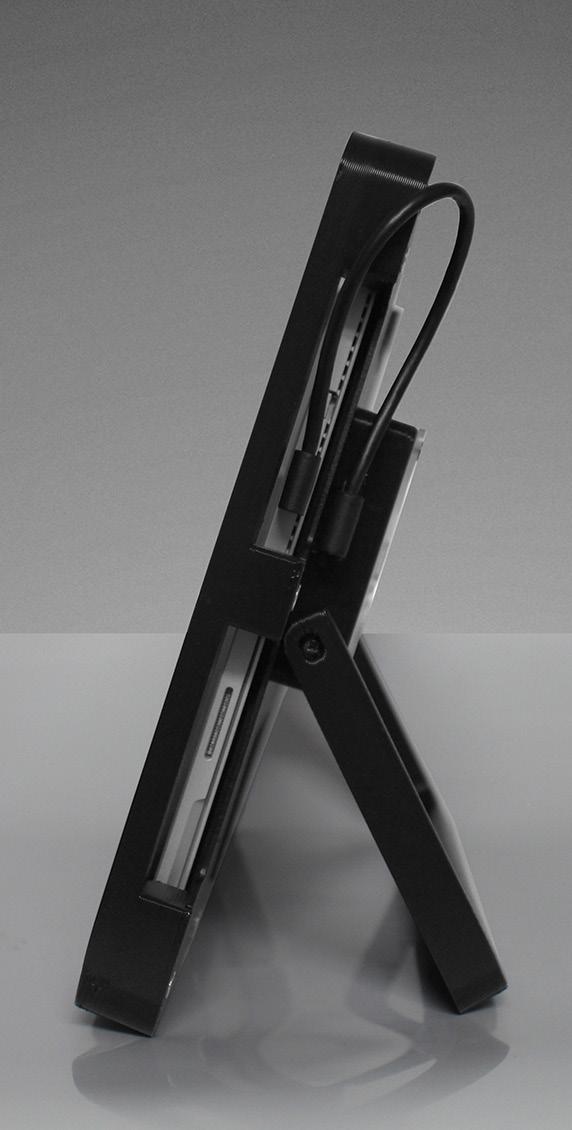
THE FINAL RESULT
The O’clock Kit is a complementary product to a specific timing software. It is designed to contain all the versions of the Microsoft Surface tablet, where the software is loaded. The device does not limit the basic functions of the Microsoft Surface because it functions as a hub for the connection of peripheral accessories through high-speed USB ports. This device is not limited on flat surfaces either, since it has its own back support that allows one to place the tablet at different angles.



TECHNICAL COMPONENTS
Management
Coordination with the different working groups, time management and resource management.
NATIONAL MUSEUM OF SOILS
DESIGN AND DEVELOPMENT OF THE NATIONAL MUSEUM OF SOILS IN BOGOTA , COLOMBIA.
PROFESSIONAL PROJECT
(Team Project)
Developed in: Instituto geográfico Agustín Codazzi
2018
Conceptualization of the museum, architectural design, design of experience and interaction mechanisms.
Design Methodologies
Planning of the methodology for data collection and selection of the use of participatory tools.
Research Synthesis
Design of the graphic material for the content of the museum with scientific rigor for children.
Interdisciplinarity
Coordination with material suppliers, construction team, purchasing team and public officials.

INTERACTIONS NODES
The nodes of interaction considered in the design of the National Museum of Soils are three. The first is architecture and the distribution of space; the second is the user’s experience within the graphic identity of the museum; the third is the user’s ability to interact with the analog and digital devices.


A JOURNEY THROUGH THE SOILS
Without losing the technical rigor, the theoretical contents are presented for a professional public, as well as children and general audiences, and illustrate the dynamics of the soils and their vital importance for ecosystems. We distributed the contents in the museum according to their difficulty, starting with basic knowledge such as the processes and relevant factors of soil formation at the entrance. It then advances to explain physical and chemical properties, so the public can understand the classes of soil present in the country followed by its physical representation through monoliths.

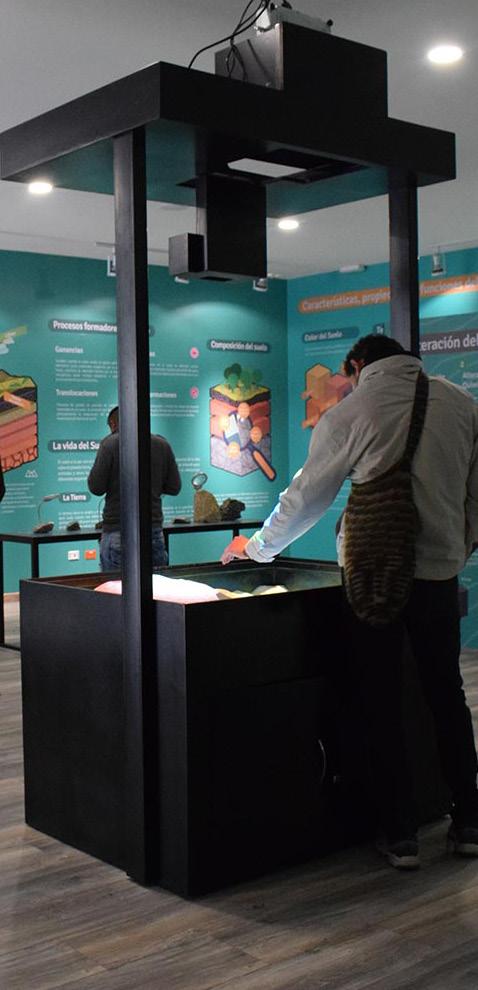
ARCHITECTURAL INTERVENTIONS
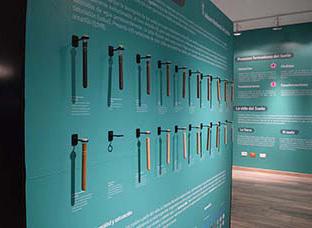

The renovation of architectural spaces included lifting the ceiling, plating the walls, and changing the floor. We also calculated the amount of light needed for the area of the room and selected the light sources, we design the furniture and ephemeral architecture according to the area of the museum and its spatial distribution. We planned the route for the users inside the room according to the soil´s theoretical content.



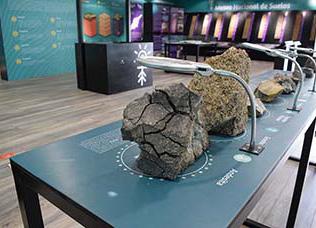

THE MUSEUM AS A CLASSROOM
The museum was conceived as a space that can also convert into a classroom. Through digital screens, teachers can show presentations on topics related to soil science.

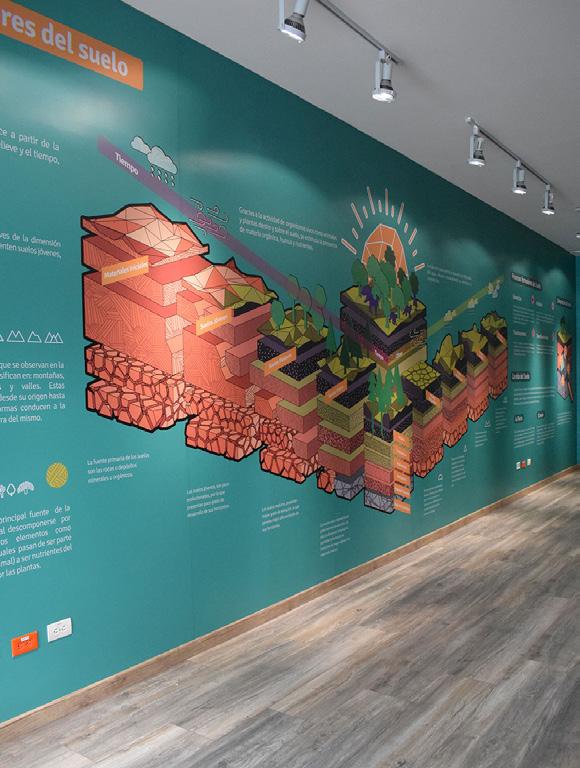
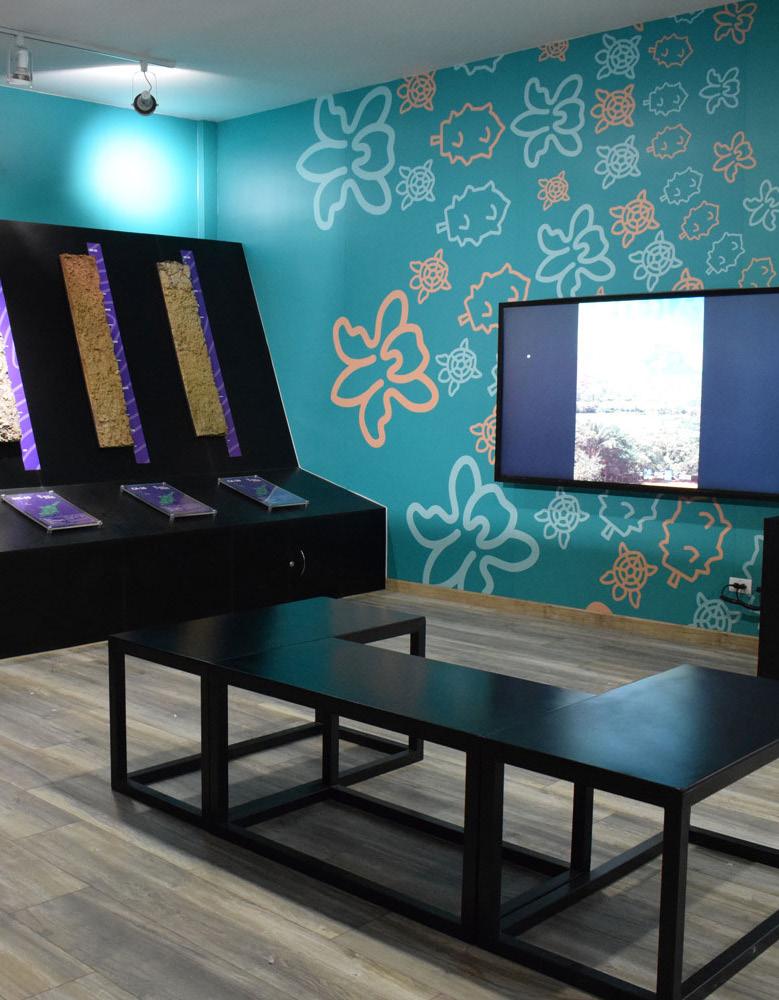
THE USER EXPERIENCE
The design of the visitor’s experience is based on the theory that the museum is a classroom, where users can visit temporary exhibitions on specific topics throughout the year. Children, the main audience, will use digital applications with interactive screens that complement heir knowledge of soils. As part of the museology and museography, we also designed a brand identity for the museum including logos, typography, colours, packaging, and messaging.
THE MUSEUM BRAND
Design of a brand around the museum that creates clear and appealing graphic visuals for the user during the visit.
GRAPHICAL PIECES
Graphic pieces that are supported by diagrams and illustrations effectively communicate complex scientific information about soils to common audiences.
TECHNICAL COMPONENTS
Management
Organization of work teams and management of monetary resources.
AUGUSTENSTRAßE SUPERBLOCK
CO-PRODUCING THE CONCEPT OF BARCELONA SUPERBLOCK IN AUGUSTENSTRAßE, STUTTGART
MASTER’S PROJECT (Team Project)
Developed in: Universität Stuttgart
2021
Design
Design of graphic tools that complement the participatory planning activities.
Methodologies
Planning of the methodology for data collection and selection of the use of participatory tools.
Research Synthesis
Design of the final presentation for the community with the results of the participatory planning activities. coordination with the community organization, the people, and governmental organizations involved.
Interdisciplinarity

THE CONCEPT

OBJECTIVES

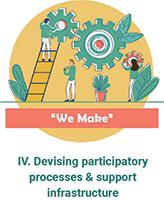



STAKEHOLDER ANALYSIS
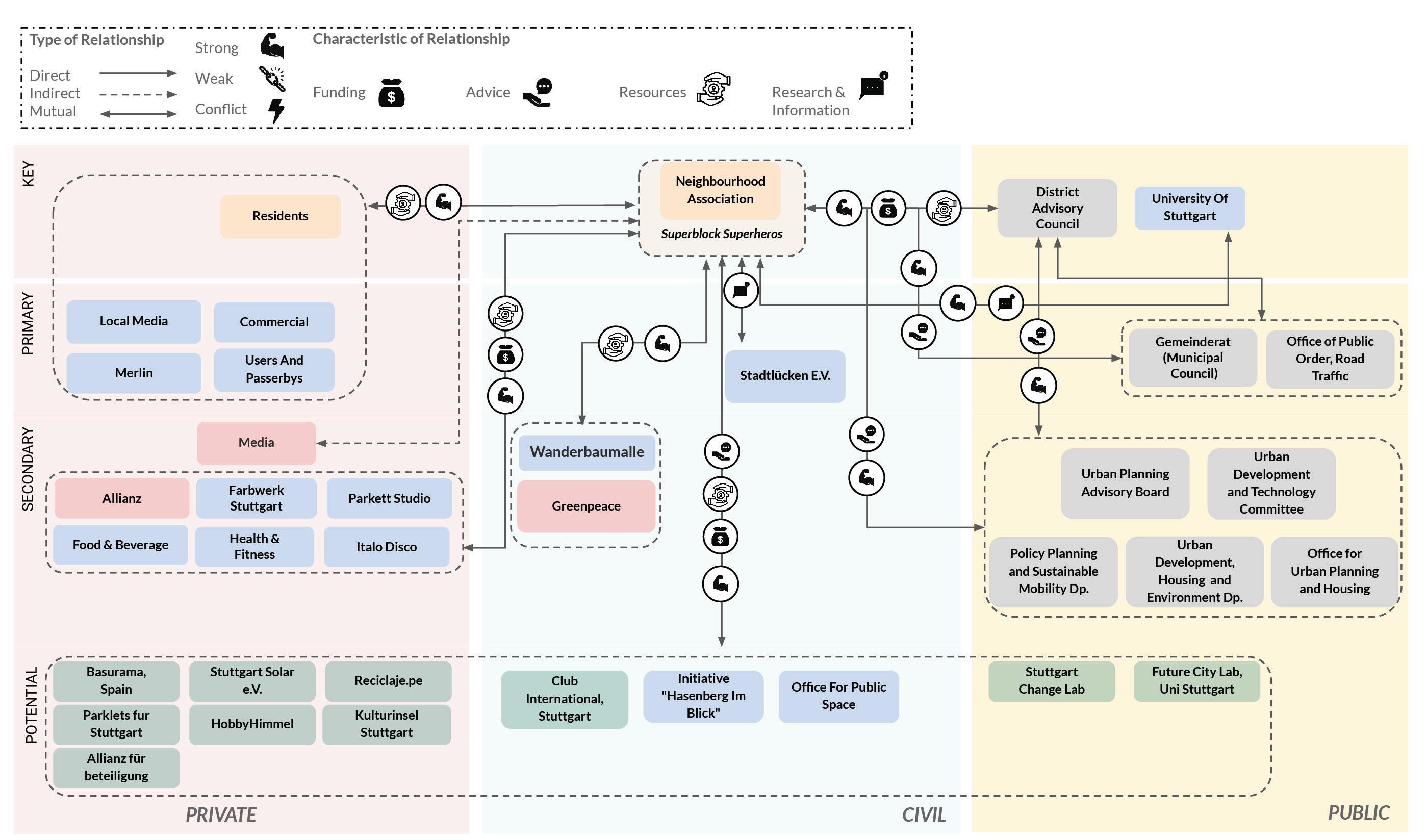
STRATEGY DESIGN ACTIONS AND MILESTONES

‘S U P E R L A B’ Augustenstraße towards a community-led social lab
The Superlab is a community led social lab that double acts as a support platform to enable participatory planning and allow the community to together create their Superblock. We propose an organisational structure for the lab that is fun, social and practical, that helps in building friendships and kinship, that is democratic and deliberative, and one that is multidisciplinary and incorporates experts, businesses and students. We aim to create a people’s Superblock through a people’s Superblock that acts as a bridges between city government and local politics.
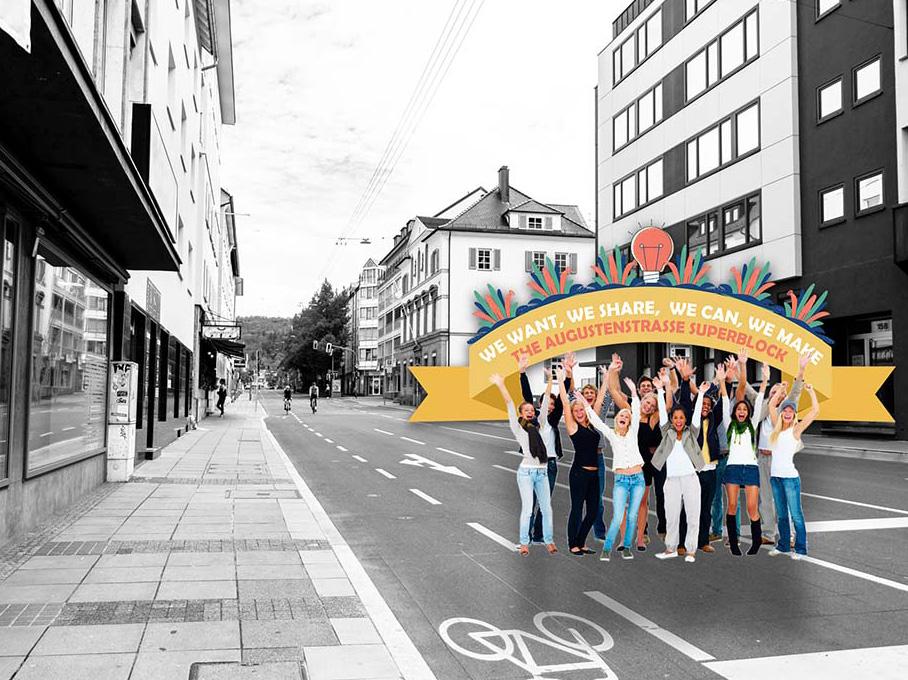
TECHNICAL COMPONENTS
Management
Coordination of the meetings with the expert groups for the collection of information.
NBS TECHNICAL HANDBOOK
UNALAB NBS TECHNICAL HANDBOOK FACTSHEETS FOUNDED BY THE EUROPEAN UNION’S HORIZON 2020 PROGRAMME.
RESEARCH ASSISTANT PROJECT
(Team Project)
Developed in: Universität Stuttgart 2022
Design of the layout, aesthetics, diagrams, user experience and graphic identity of the publication.
Design Methodologies
Planning of the methodology for data collection.
Research Synthesis
Systematization of the technical information in the property charts for each of the NBS.
Interdisciplinarity
Joint work with the university institute, project funders and NBS experts.
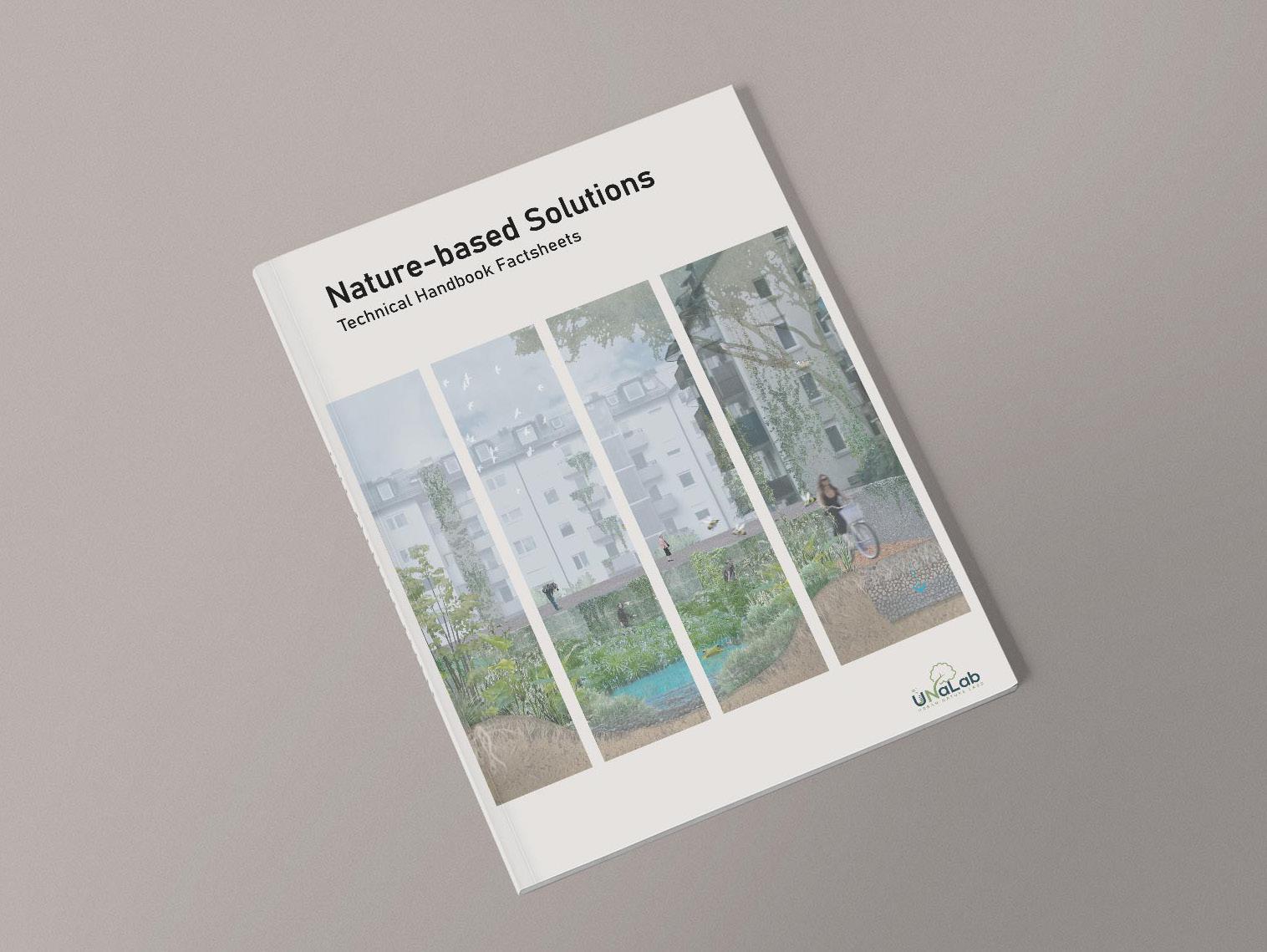



TECHNICAL COMPONENTS
Management
Coordination of the meetings with the expert groups for the collection of information.
ILPÖ’S ANNUAL RESULTS
RESULTS OF BACHELOR AND MASTER’S PROJECTS IN NATURE-BASED MARKETPLACES WORKSHOPS IN THE INSTITUT FÜR LANDSCHAFTSPLANUNG UND ÖKOLOGIE
Design
Design of the layout, aesthetics, diagrams, user experience and graphic identity of the publication.
Methodologies
Planning of the methodology for data collection.
Research Synthesis
Selection of material and strategic organization for efficient and clear communication of the results achieved.
Interdisciplinarity
RESEARCH ASSISTANT PROJECT
(Team Project)
Developed in: Universität Stuttgart
2022
Joint work with the working team, the institute’s management and the students of the courses.
